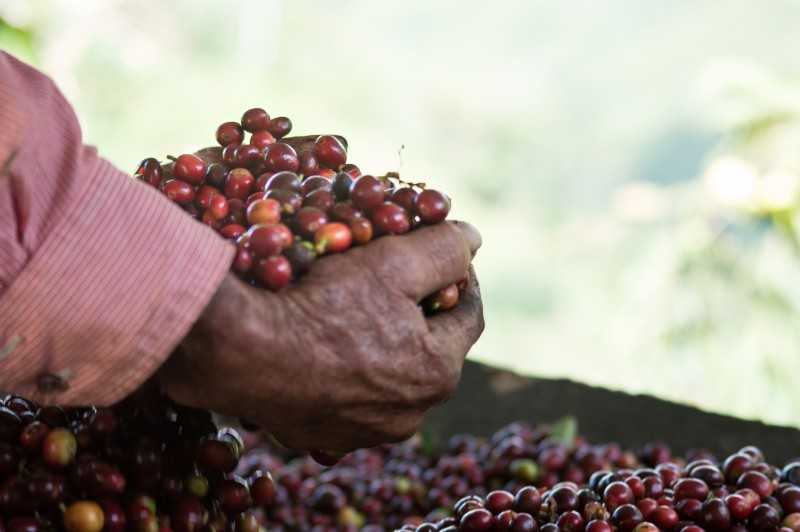A few weeks ago, some exciting and hopeful news came out of Colombia. You might have missed it, as It was predictably lost in the news cycle which was dominated by the horrific mass shooting in an Orlando night club; the permissive gun laws in the US; the Brexit and its global economic ramifications; the rancorous and unpredictable United States Presidential campaign.
This conflict has killed more than 220,000 people, displaced over 6 million and irreparably harmed and injured countless more. It was under this backdrop of violence and conflict and context that we started our Borderlands project in Nariño 5 years ago.
The agreement to cease hostilities is a start for a future of peace and stability, but it is only the beginning of a long process.
The current political situation is complex, and the continued presence of other spin-off paramilitary groups engaging in localized conflicts only muddies the water further.
And all of which operate under the shadow of the illicit manufacture and trade of cocaine and other narcotics.
But this first step of negotiation and of cessation of conflict is always the hardest. With a clear path forward, the next steps should be easier.
In a recent op-ed, Bishop Hector Fabio Henao, the director of Caritas Colombia, stated that for a lasting peace to endure, there are 2 immediate priorities.
The first must be a coherent rural development policy rooted in the countryside and zones where conflict took place, as opposed to being designed and implemented from Bogotá.
The second is the need to respect the rights of the victims through the due process of law.
Let’s look at what the first point means and we’ll leave the second to the lawyers and legal experts.
A coherent rural development policy needs strong public and private investment in rural livelihoods. It must include a plan for land use and for economic growth that is based on realistic possibilities and opportunities. One of the best options is to promote high value agriculture.
There are a number of (licit) profitable crops that can be grown from the Andes to the Amazon in Colombia – cocoa, coffee, quinoa, and a whole range of fruits and vegetables. However, in order to fully catalyze rural development in Colombia, there needs to be public and private investment in order to take the post-accord process to a lasting peace.
Beyond public investments in rural infrastructure, the private sector needs to make commitments to source products and provide new agricultural technologies to these formerly marginalized zones.
What role could coffee play?
The Colombian Coffee Commission stated in the 2015 final report that “before the coffee era, Colombia was atomized into regions and had not yet constituted a Nation.”
Coffee forever changed and shaped the national economy and it was a cornerstone for much of the country’s development especially in the rural areas.
Today, while coffee plays a much smaller role in the Colombian economy, it is still considered the best licit crop in the agricultural sector.
There are over 3 million hectares of coffeelands in Colombia which support the livelihoods of more than 560,000 farmers and families in 20 departments (out of 32) in Colombia.
The design of public policies and strategies which aim to solve the historical debt with the rural sector that is the ideological basis of the armed conflict in Colombia is the key for a real and lasting peace process in the country.
Small-scale farmers lack the capabilities and assets required to participate actively and properly in modern agribusiness channels. Farmers who were displaced by the conflict or were former combatants have additional barriers to overcome in order to become productive members of communities.
The approach used in our Borderlands project represents a solid tool-kit that addresses some of the structural problems in the rural sector through interventions in: productivity, post-harvest processing, promoting community-based entrepreneurship, promoting innovation, protecting environmental resources, and generating value through inclusive business models. We did this for one crop, for 1600 farmers in one department of Colombia.
How can the peace process replicate this approach for the over 6 million people who have been displaced throughout the countryside? How can we tailor this approach to include specific sensitivities to reconciliation, to repairing social bonds that were broken over 50 years of conflict?
The peace of rural Colombia will depend on the investment and promotion of agricultural development platforms that close the gaps between producers and markets, thatcreate an environment that facilitates the development of business models that distribute benefits more equitably and that generate positive development in conflicted affected territories. We hope and pray that the architects of the current peace accords are looking to the future and look to agriculture as the way to a long lasting peace.
Kraig Kraft and Andrés Montenegro


















